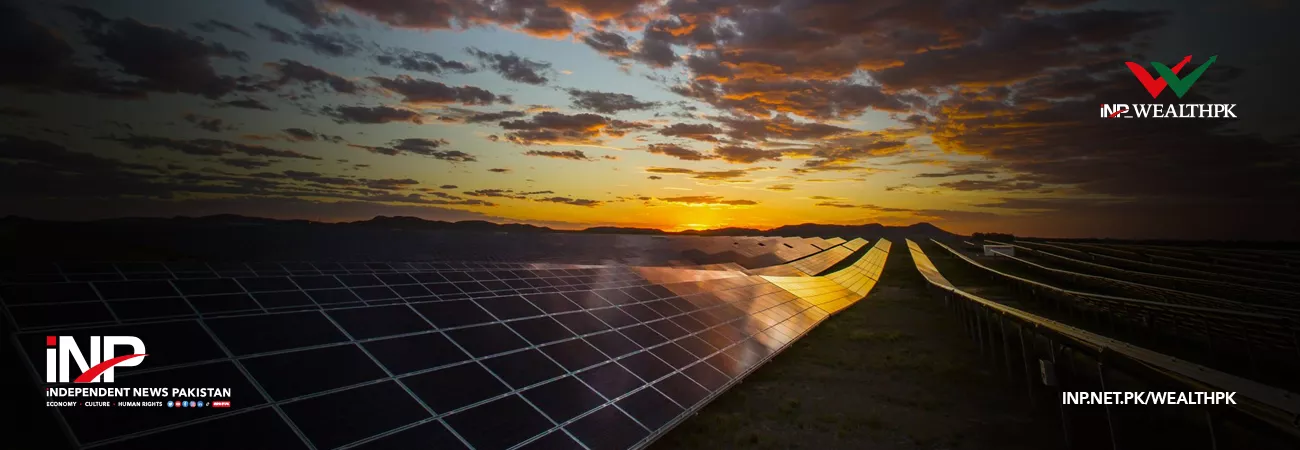INP-WealthPk
Mansoor Sadiq
Prolonged power outages and soaring electricity tariffs have forced an increased number of people in both urban and rural areas to go for solarization and cushion themselves against the increased power tariffs and recurring shutdowns, especially during the scorching days of summer. Rooftop solar system has become the best option for domestic consumers and small-scale factories and industries. Talking to WealthPK, Waqas Khalid, a solar panel retailer in Rawalpindi, said an increasing number of people are switching over to the solar energy.
He said the first and foremost benefit of solar energy is that it provides free energy after one-time investment. This can reduce electricity bills to zero and provide free electricity for at least 15-20 years with one-time investment, he added. Commenting on ‘net-metering’, Hammad Butt said this mechanism allows users to exchange excess electricity with credit units that could be used during off-peak hours. Talking about the prices of solar panels, he said import restrictions and LCs issue have caused price fluctuation. He said there is a high likelihood that the prices of solar panels will decrease and stabilize in the coming few months after the ease in import policy towards photovoltaic solar plates, batteries and inverters.
A complete 3KW solar system costs Rs600,000 to 700,000 which can power an AC, fridge, fans and energy savers in a 5-8 marla house. The total expenditure includes the prices of inverters, solar panel plates, structure and stand, wires, batteries, and miscellaneous expenses.Hammad said a solar panel of 150W-170W costs around Rs14,000-17,000.
As per a report of the Pakistan Council of Renewable Energy Technologies (PCRET), availability of sunlight across the country throughout the year is a blessing, and Pakistan has the potential to generate up to 700,000MW of solar energy through the photovoltaic plates. The Water and Power Development Authority (WAPDA) used to give an annual power subsidy of around Rs250-300 billion. If 30 percent of this subsidy were redirected towards renewable solar energy, it could shift 80 percent of electricity in urban areas to solar power within the next 15 years.
Credit: Independent News Pakistan-WealthPk




